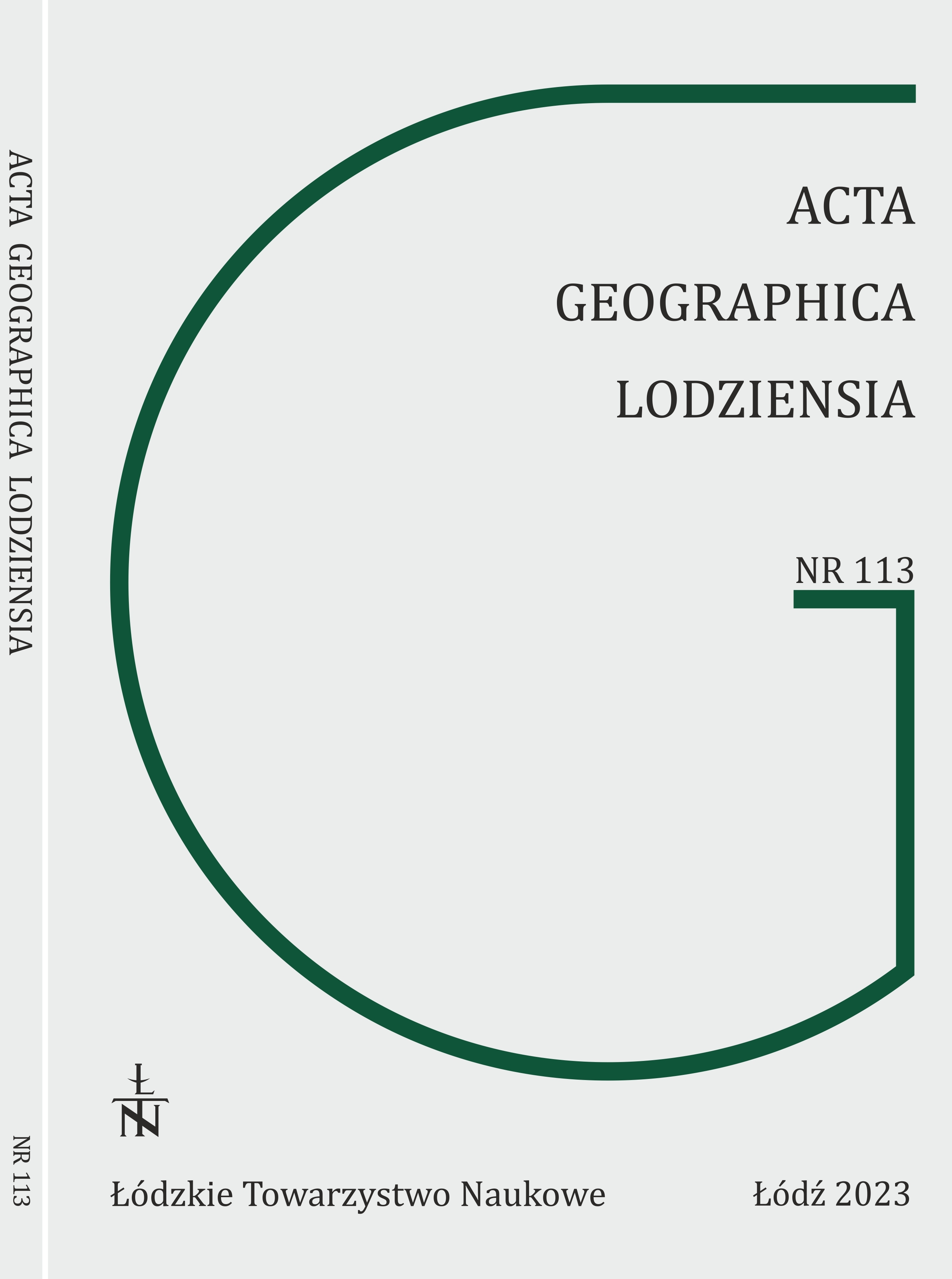A CHIRONOMIDAE-BASED RECONSTRUCTION OF THE SAALIAN-
-EEMIAN TRANSITION (MIS 6a–MIS 5e) IN A PALAEOLAKE
FROM THE “PARCHLINY 2016” PROFILE, CENTRAL POLAND
A CHIRONOMIDAE-BASED RECONSTRUCTION OF THE SAALIAN-
-EEMIAN TRANSITION (MIS 6a–MIS 5e) IN A PALAEOLAKE
FROM THE “PARCHLINY 2016” PROFILE, CENTRAL POLAND
Author(s): Mateusz Płóciennik, SYLWIA ŁUKAWSKA, EWA JANOWSKA, Dariusz Krzyszkowski, Dariusz Wieczorek, Lucyna Wachecka-KotkowskaSubject(s): Physical Geopgraphy, Environmental Geography, Applied Geography
Published by: Łódzkie Towarzystwo Naukowe
Keywords: non-biting midges; lacustrine sediments; climate change; palaeoecological analysis; Szczerców field;
Summary/Abstract: In the end of Saalian Glaciation (Wartanian Stadial, MIS 6a) there formed many glacial depressions, melt-out kettleholes and subglacial channels in central Poland’s ice-marginal zone. In these landforms, there developed a lakeland that existedto the Early Weichselian (5d-a). Following excavation in 2016 on the eastern wall of the Szczerców field, lacustrine depositswere recognised in the Parchliny 2016 profile. A previous multi-proxy study of the Parchliny 2016 profile concerning a recon-struction of the palaeolake included analyses of pollen, plant macrofossils, wood macrofossils, diatoms, cladocerans, ostracodsand molluscs. The present work presents the Chironomidae analysis for the above-mentioned section. The collected subfossilscould be identified from the keys presenting modern Palaearctic fauna. The Chironomidae indicate a temperate climate inthe region and favourable, meso/eutrophic conditions in the palaeolake during the Late Saalian (MIS 6a). The changes in sub-fossil numbers reveal that the Zeifen interstadial fells at 24.38–24.23 m core depth and the subsequent Kattegat stadial at 24.18––23.83 m, but head capsule count is too low for quantitative temperature estimations. From the Eemian (MIS 5e) transition,they decline in the sediment and are represented only by two head capsules at the 23.33 m core depth below the ground surface.The increase in summer temperature, trophic status and stratification of the lake may have caused an oxygen depletion thateliminated sensitive taxa. However, no species are observed that are resistant to eutrophication and anoxia replacing sensitiveones in the assemblages. Sediment desiccation and compaction may have caused the decomposition of Chironomidae subfossilsin the deposits from the Eemian interglacial, so their apparent decline in the ecosystem may be misleading.
Journal: Acta Geographica Lodziensia
- Issue Year: 2023
- Issue No: 113
- Page Range: 115-127
- Page Count: 13
- Language: English

